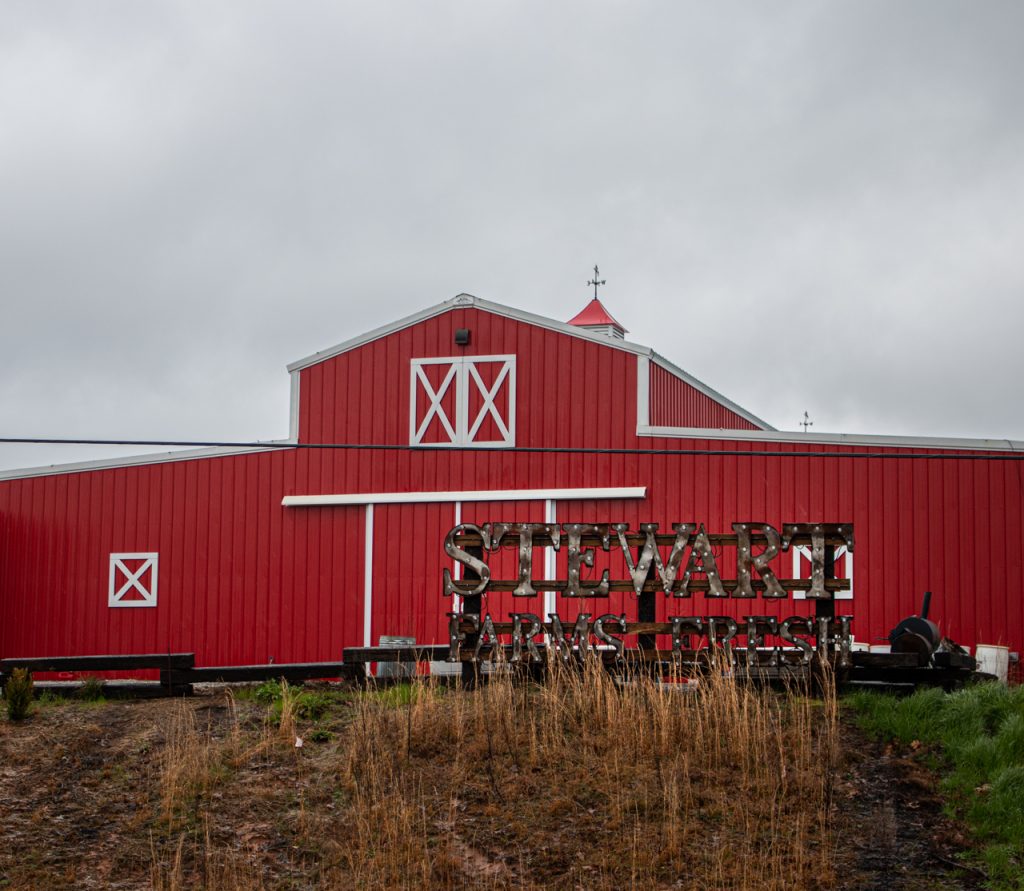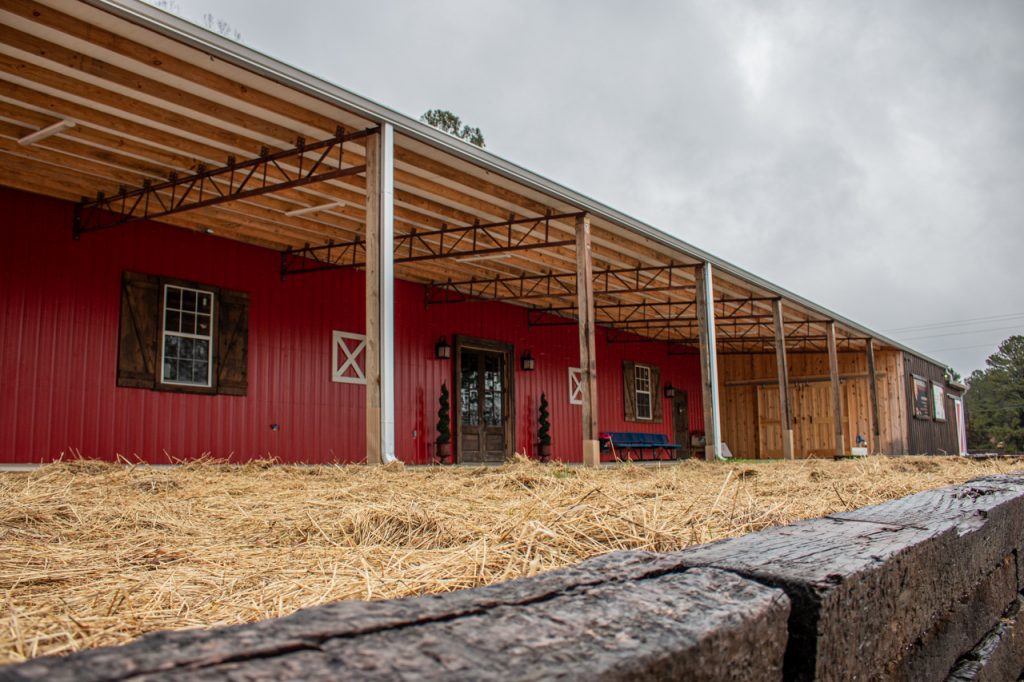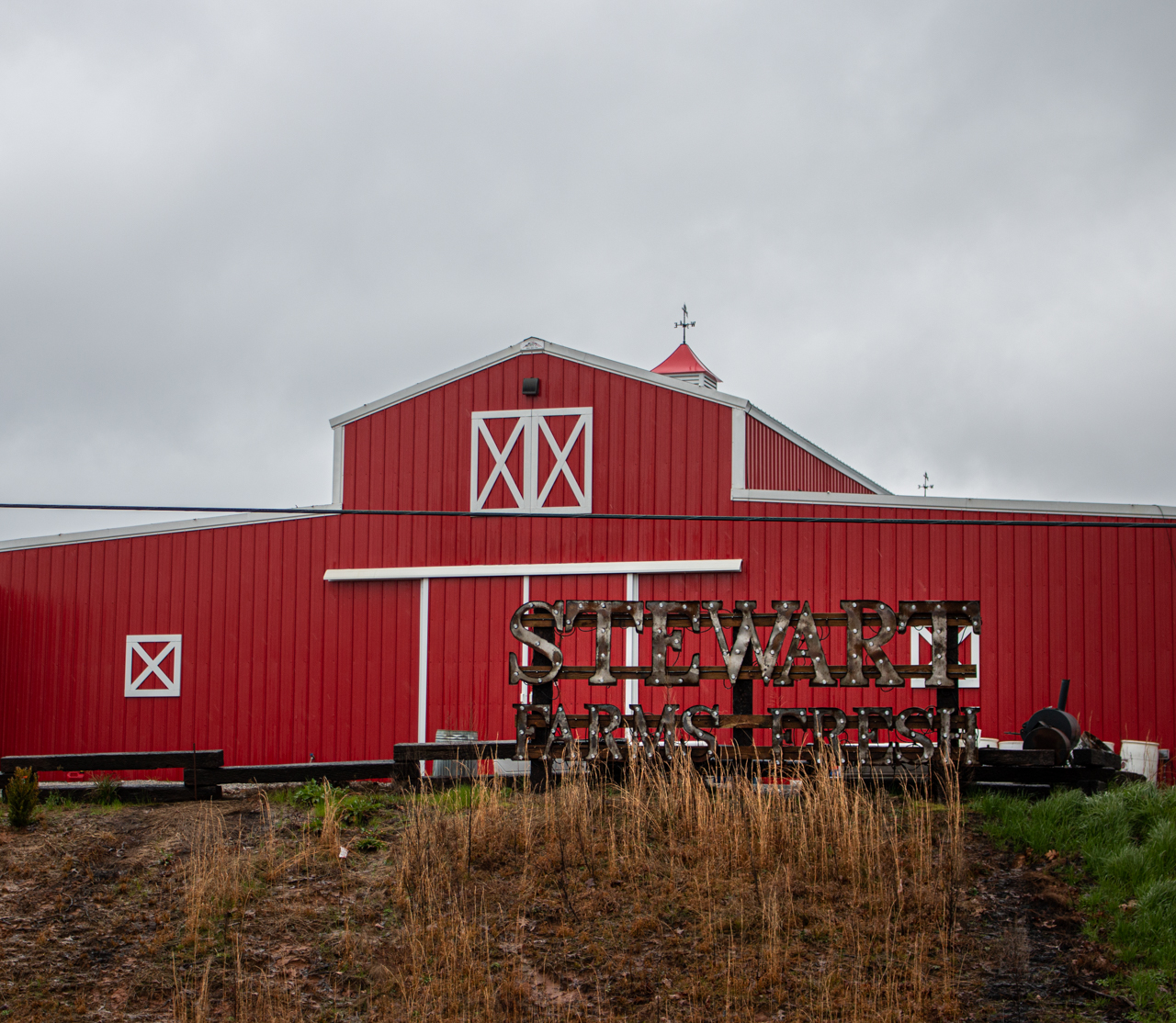
As average daily temperatures rise, Mississippi farmers are having to change their farming practices to adapt to a changing climate.
Despite longer growing seasons, the economy of Mississippi, where 29% of the population is employed by the agriculture industry, is susceptible to warming temperatures. In Lafayette County, the effects of climate change are already underway.
“The temperatures are rising, but that also means there will be a longer growing season,” Lee Stewart, owner of Stewart Farms Fresh, an organic farm nine miles west of Oxford, said. “Crops grown in clay dirt aren’t as susceptible to higher heat, and some crops actually thrive in it.”
Stewart grows tomatoes, cucumbers, squash and peppers — all without pesticides or insecticides. One of the most popular methods for organic farming is to use lightweight, mesh row covers that protect row crops from insects. The physical protection helps after direct seeding but is removed once plants are strong enough to survive on their own.
“You are what you eat,” Stewart said. “If you put all these chemicals in your body, you lose out on a lot of the nutrients and antioxidants that you get from organically grown produce.”
One reason that organic produce costs more from local farms is because crop yields are significantly lower without the benefits of conventional pesticides.
Tomato varieties thrive in warmer weather, but when temperatures rise above 95 degrees, they become water-stressed and ripen slowly. Above 104 degrees, photosynthesis stops. Enzymes that perform photosynthesis lose their shape and no longer work, and the rate at which photosynthesis occurs plummets.
“You’re going to see dead crops,” Ann Fisher-Wirth, director of the environmental studies minor, said. “You can say, ‘Oh these extra warm days are great,’ but you have to look at the amount of water that will be needed to counteract the heat. If people paid attention to that fact about photosynthesis, they would be a lot less cavalier about the heat.”
When farmers like Stewart are subjected to milder winters, it means insects and harmful pests will be around earlier in the season and for longer.

When there is no deep freeze to kill the bugs, farmers need to spend significantly more on pesticides, according to Casey Barickman, a Mississippi State University climate scientist. If they want the organic option of pesticides, it can cost up to three times as much. Eco-Mate, distributed by Helena Chemicals, is the only organic option available and costs $14.33 per gallon, whereas the most popular conventional product, CORON, is $7 per gallon.
According to the U.S. National Library of Medicine, pesticides can be found in many everyday foods and beverages, including water, juice, animal feeds and cooked meals. This exposure may not exceed EPA-approved limits for safety but the limits do not take into account simultaneous exposure. The most widely known pesticide, DDT, was outlawed in the United States in 1972, but it is believed that every living organism on Earth has a DDT body burden, stored in the fat.
“Farmers are forced to spend thousands of dollars on crop production additives,” Barickman said. “If they care enough to use organics, the cost runs even higher, but conventional products do tend to be more effective.”
The average retail price of a green bell pepper is $1.49 per pound, according to the USDA. When yields begin to suffer from the adverse effects of climate change and the harsh summer heat, farmers are forced to evaluate what they can afford to grow.
“It can be hard to justify spending more for naturally or organically grown products, but you need to think of it as a preventative medicine,” Stewart said. “What we do to our bodies now can affect our health and quality of life for years to come.”















